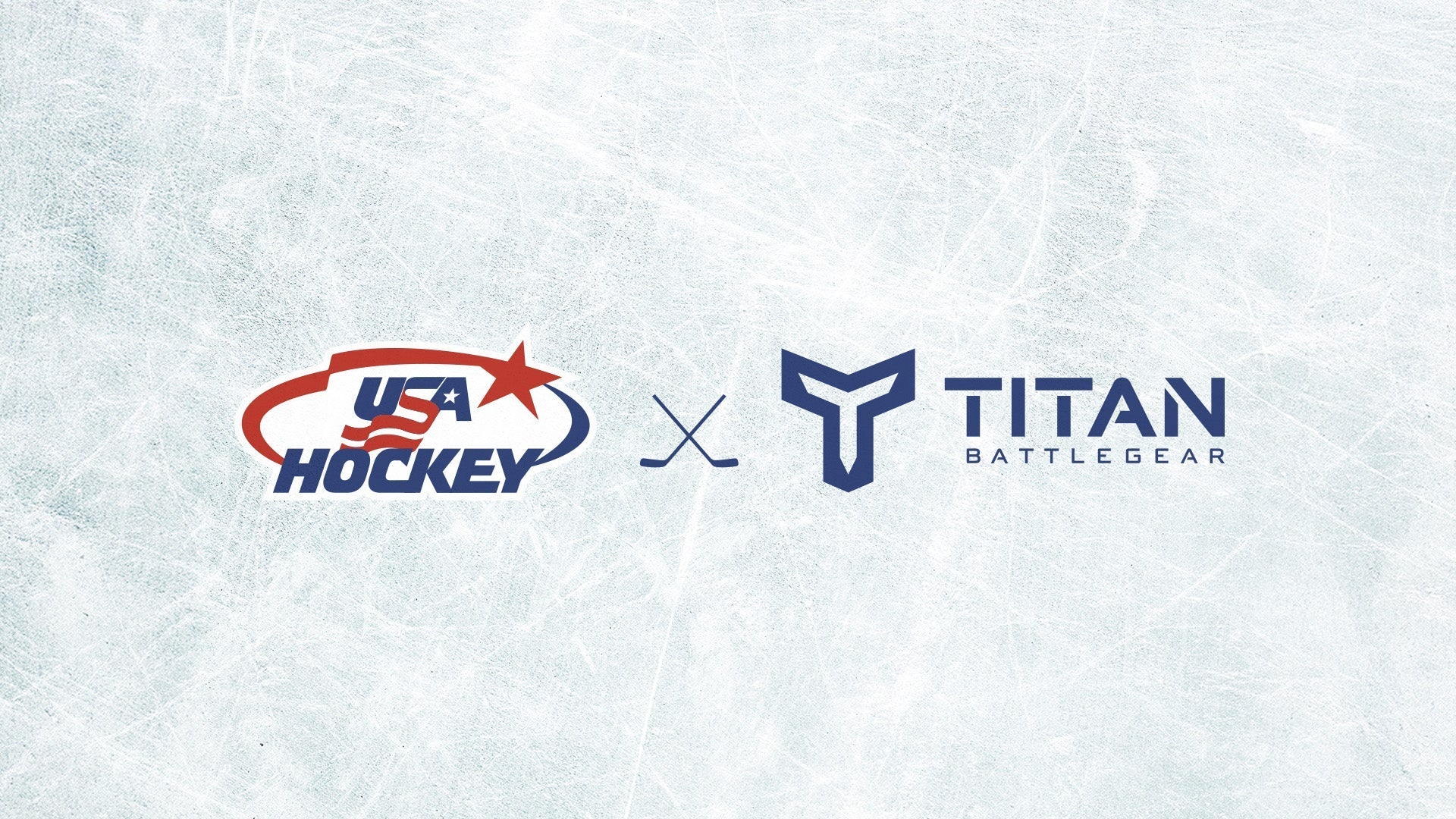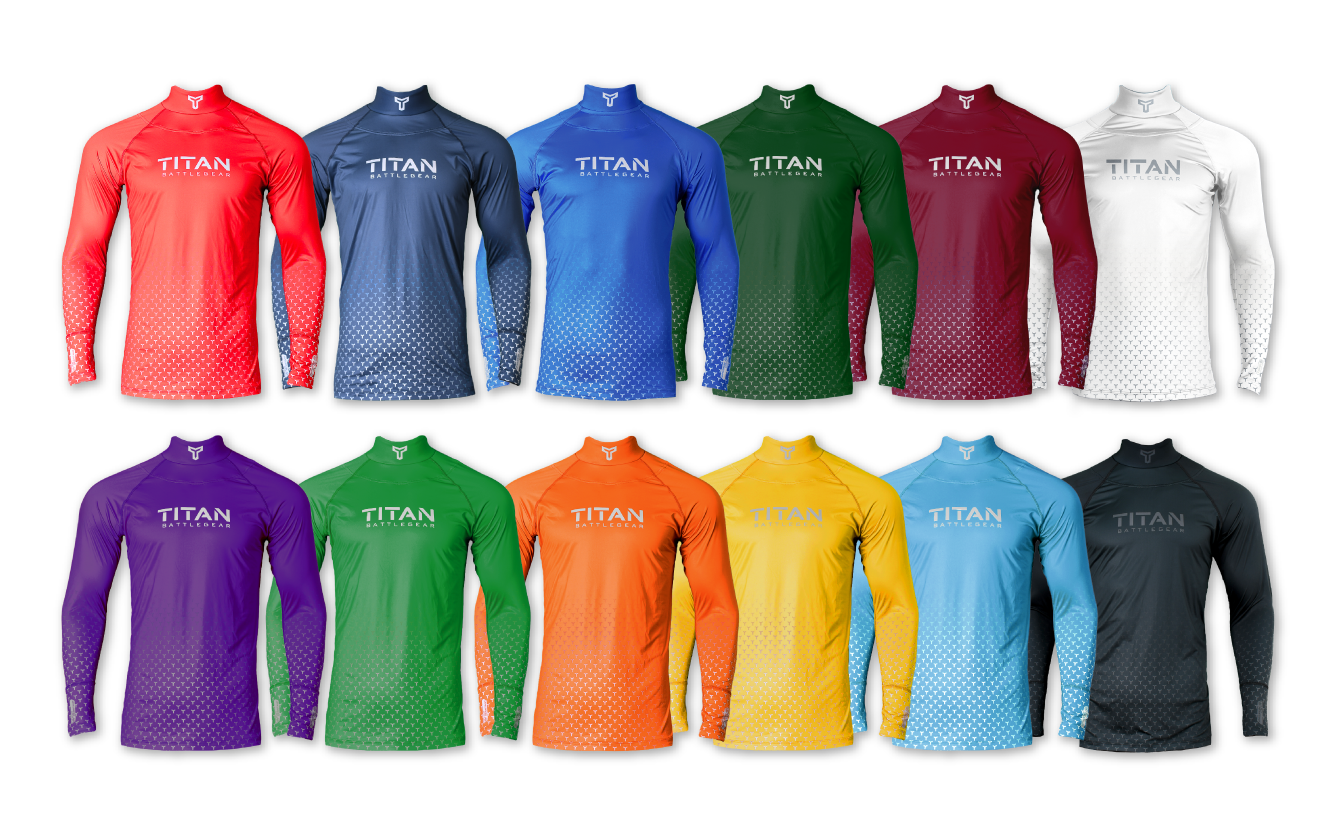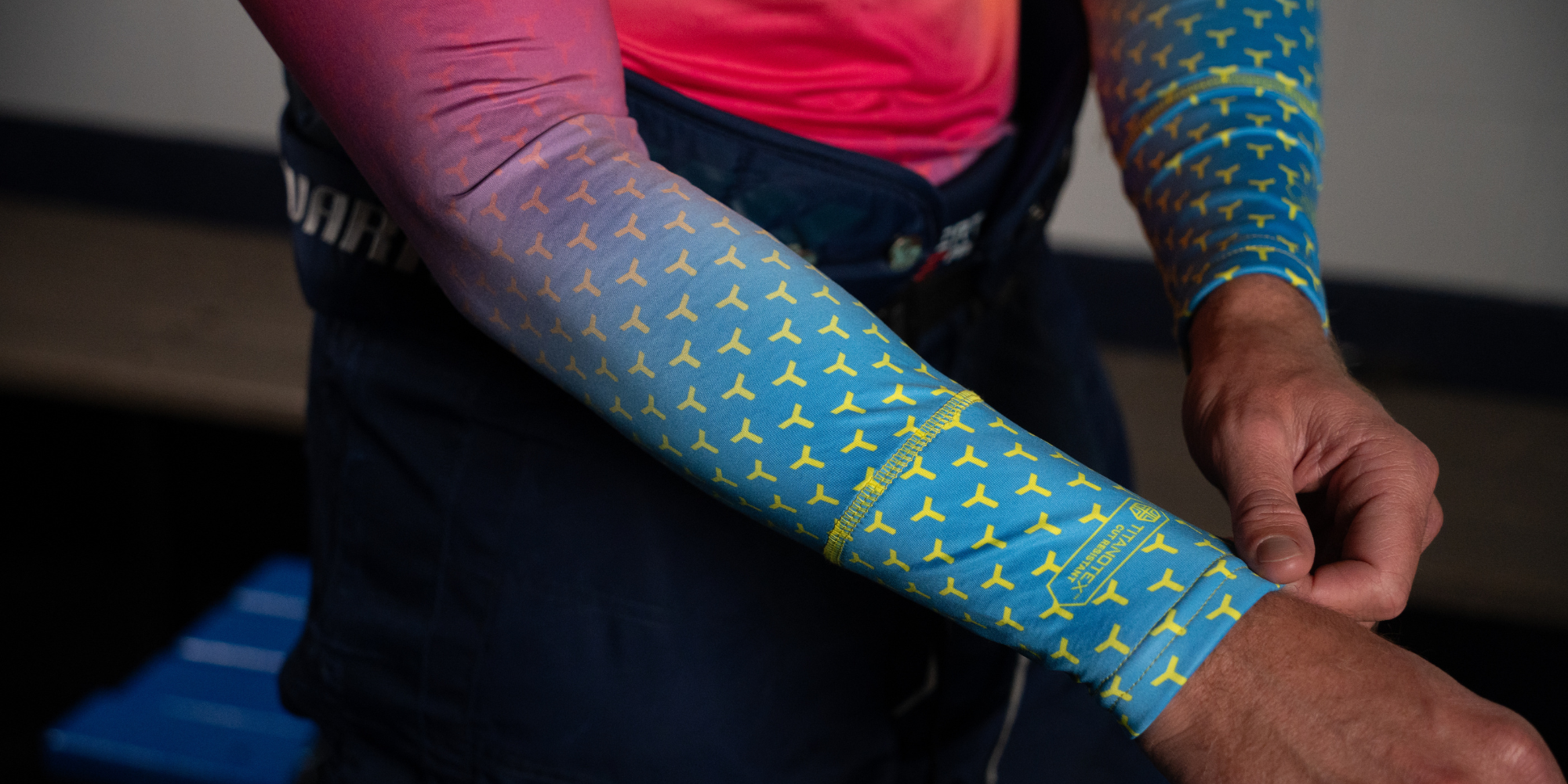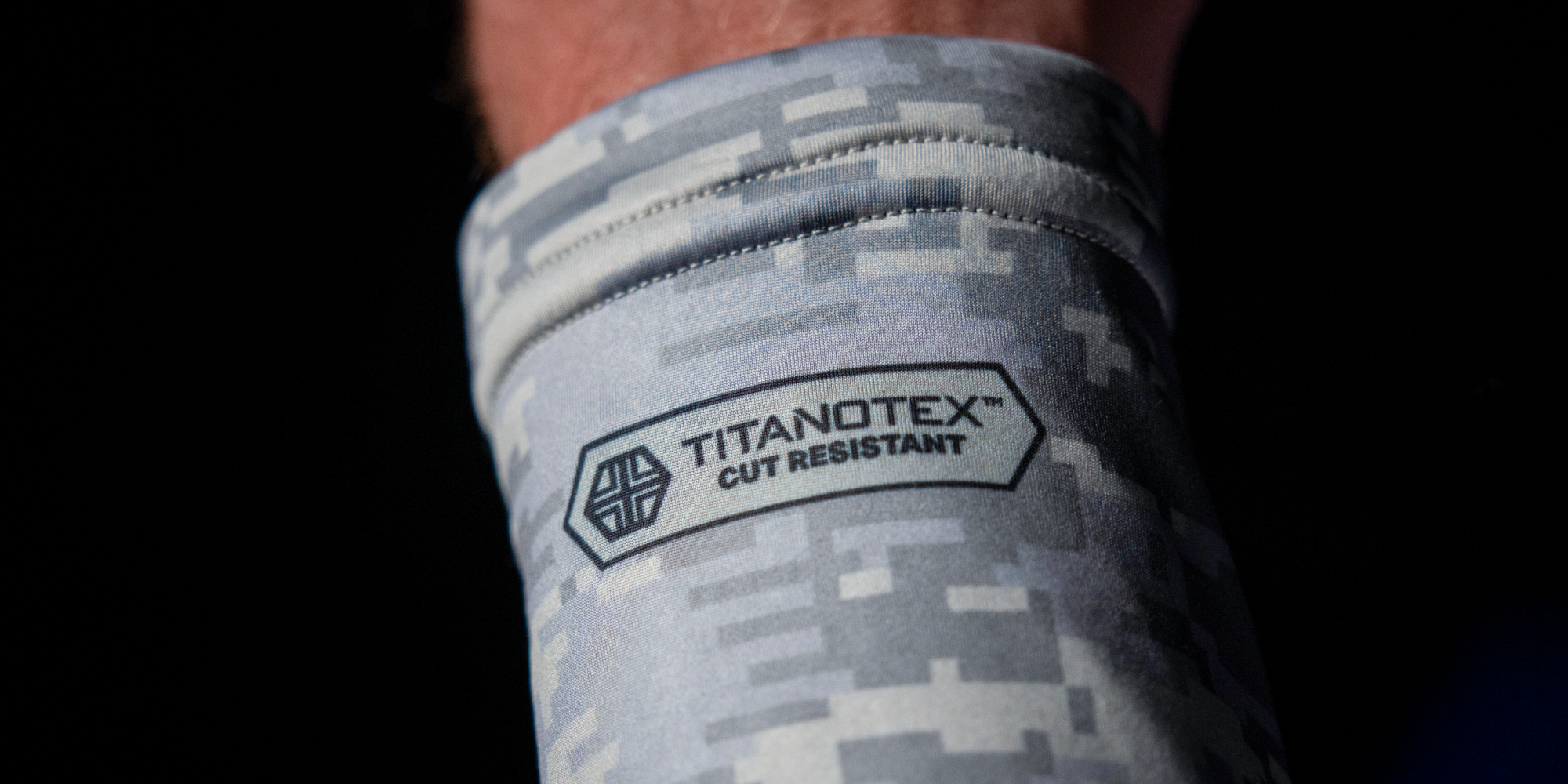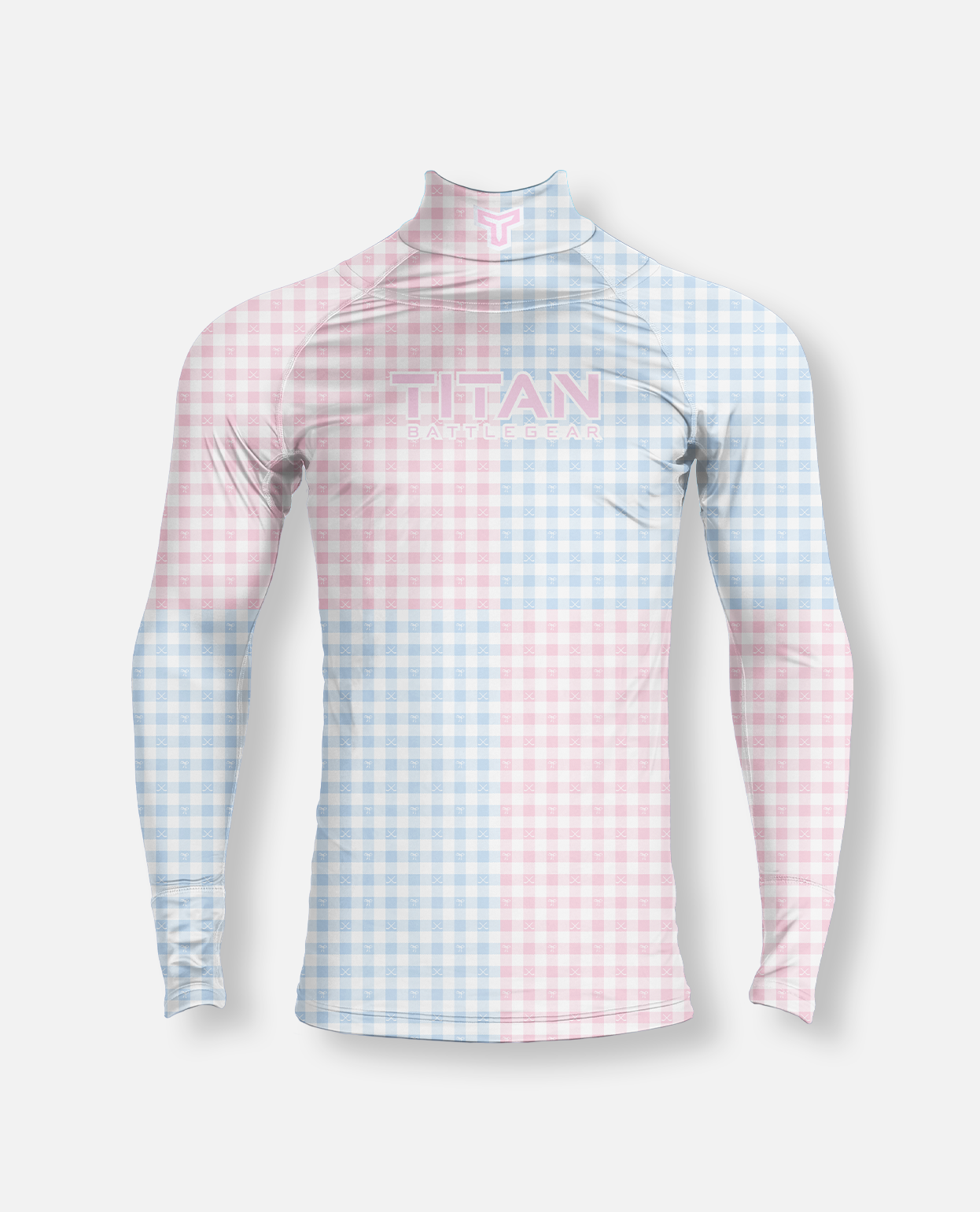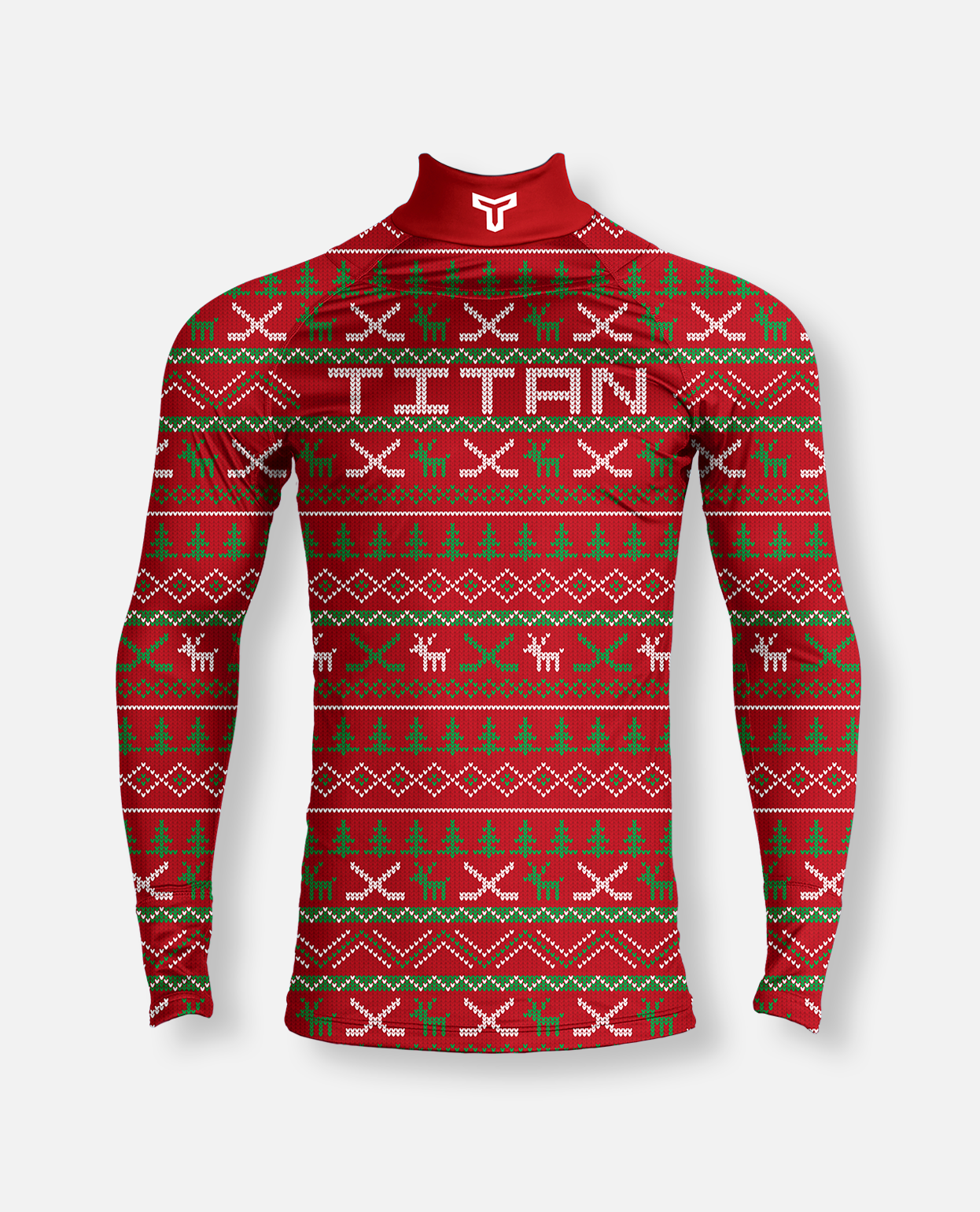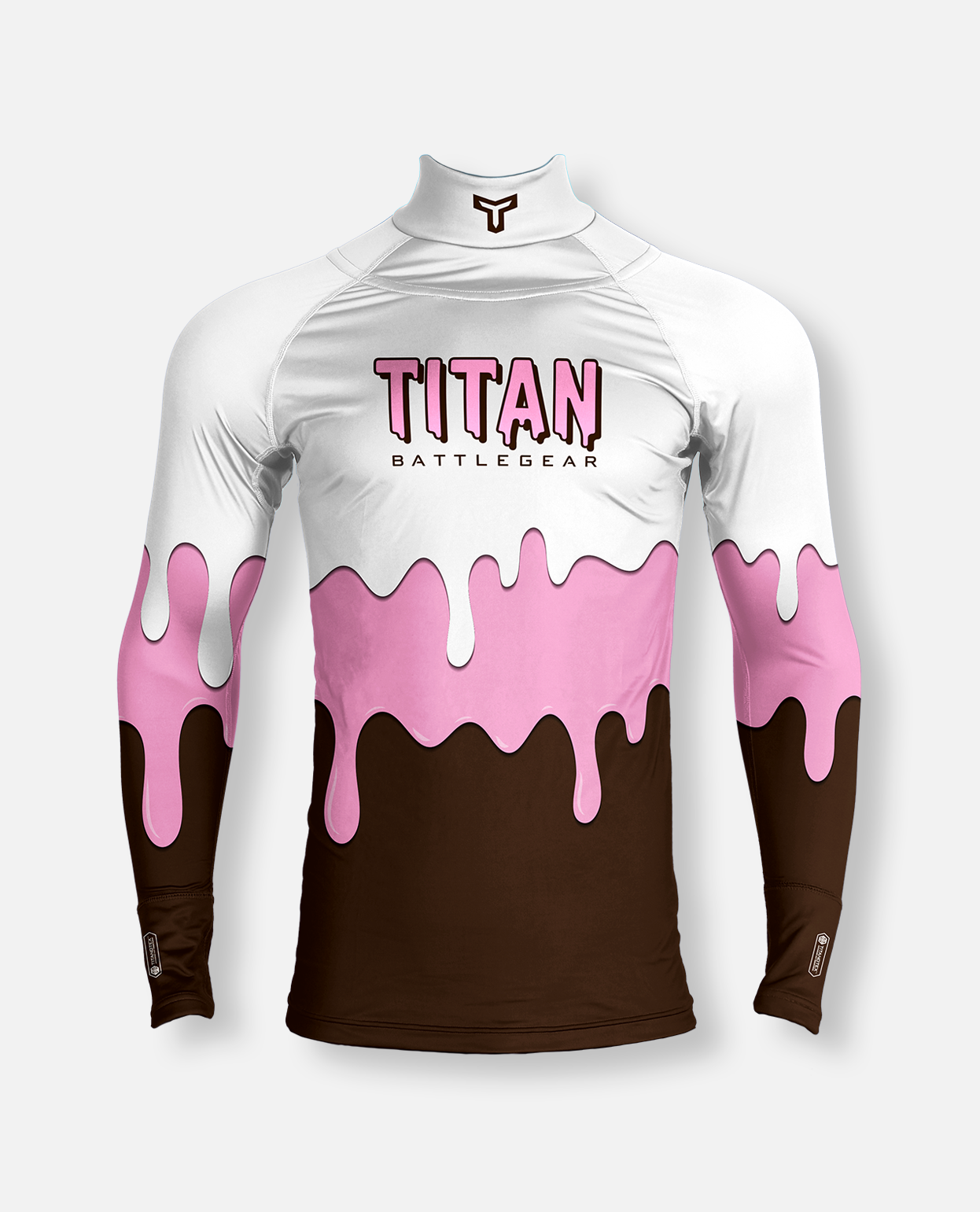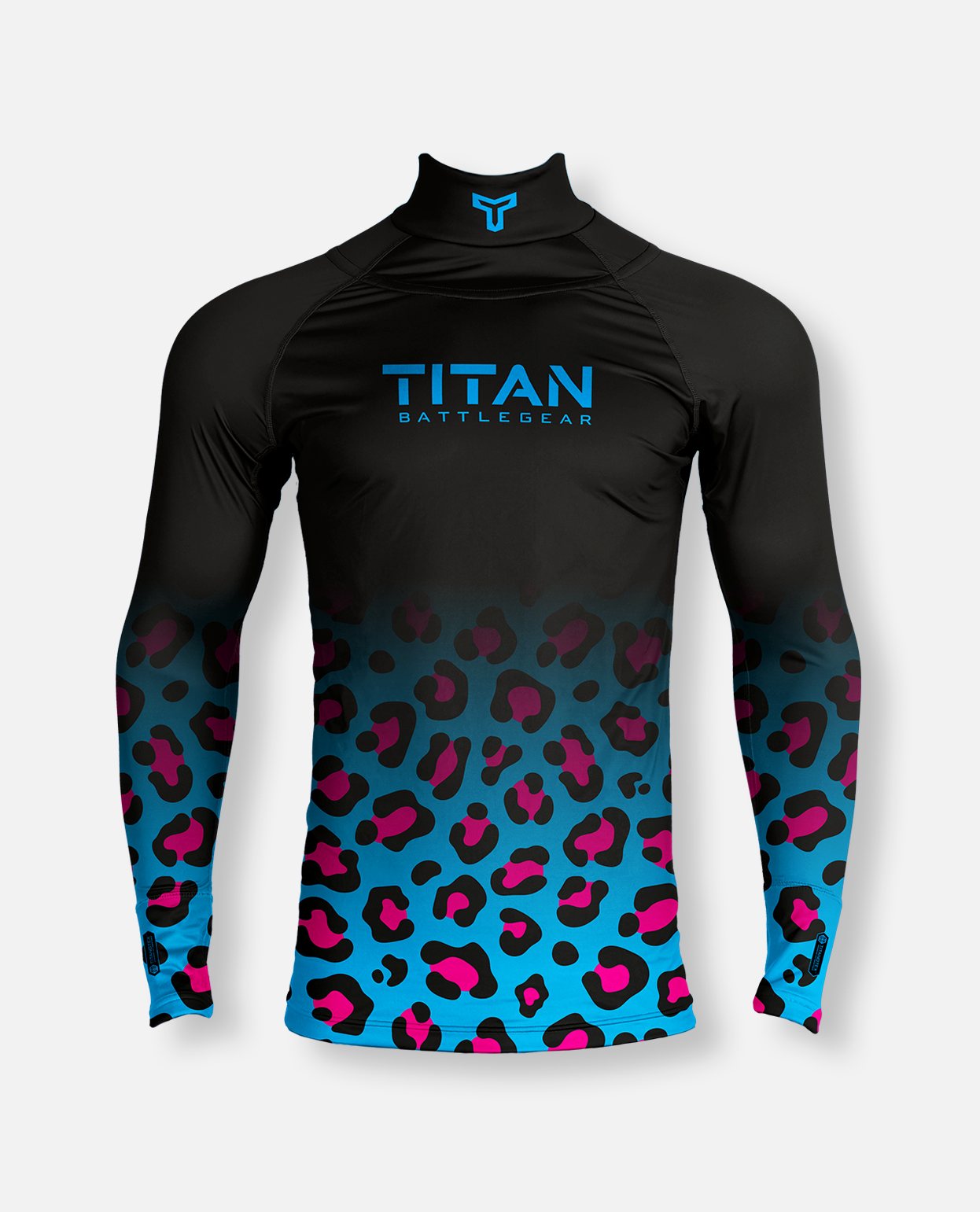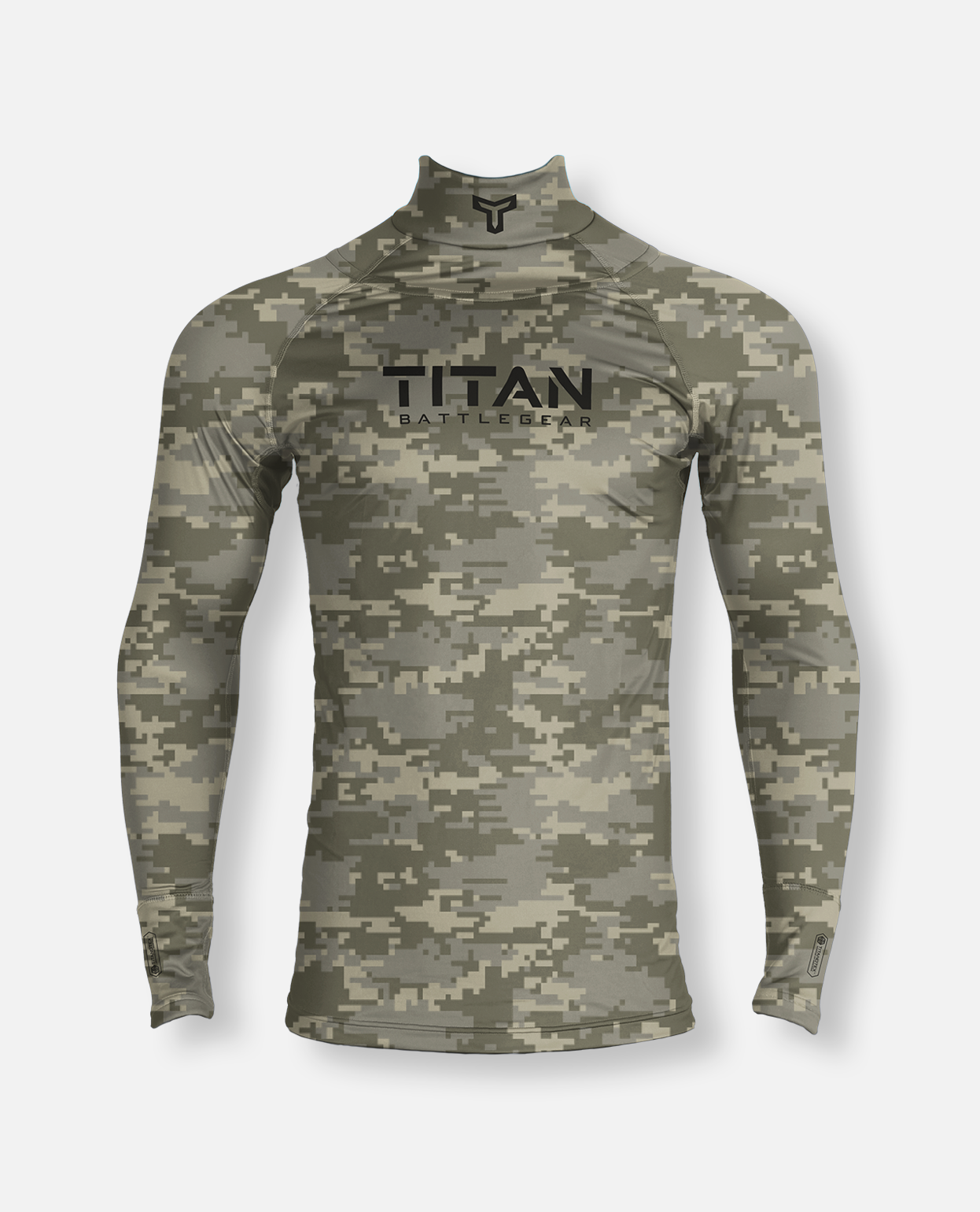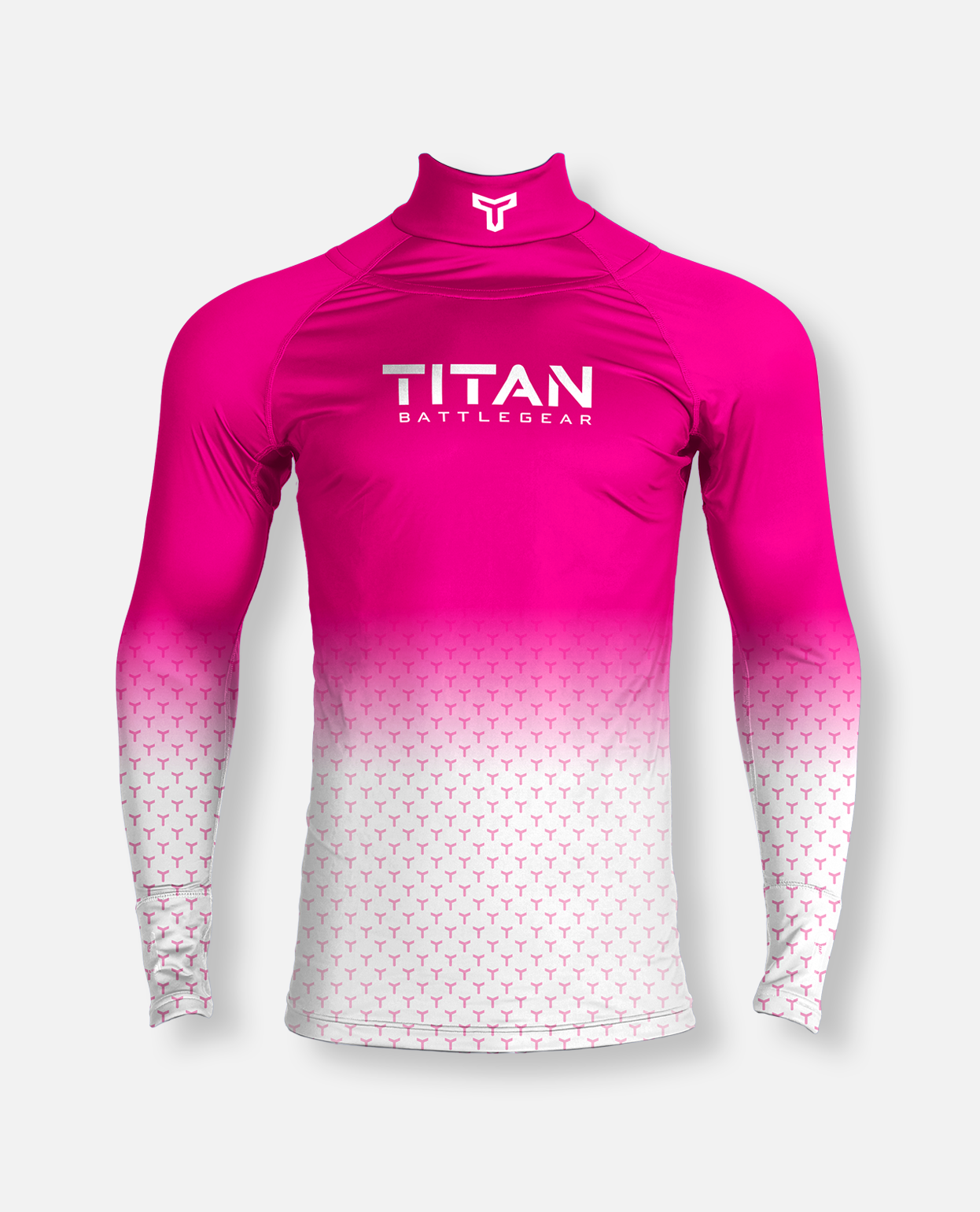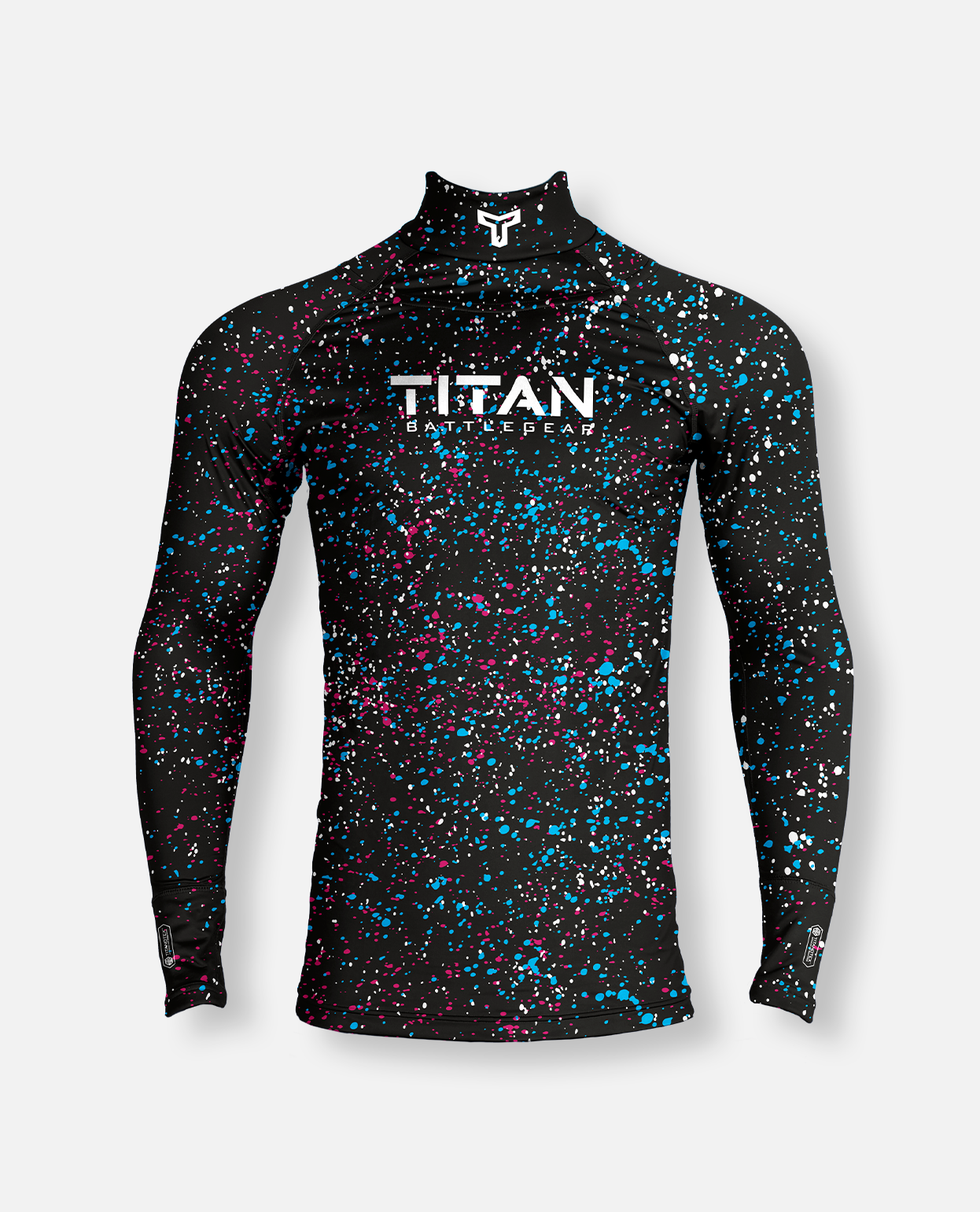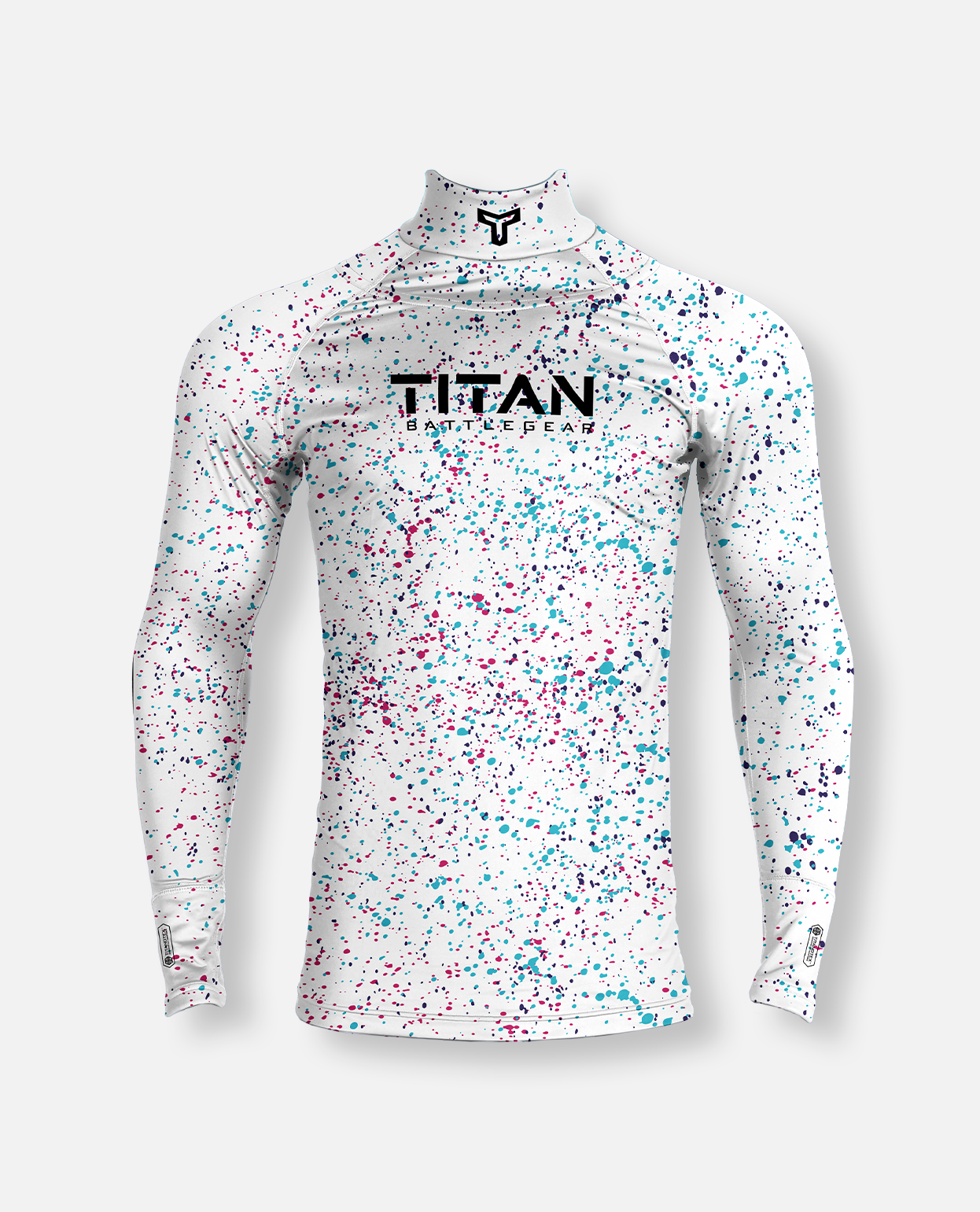When it comes to cut-resistant materials, understanding the standards that govern their ratings is crucial for ensuring safety. The two main standards globally recognized for evaluating cut resistance are the American National Standards Institute (ANSI) and the European Standard EN 388. Both standards use different methods and scales to assess and report the cut resistance of materials, primarily used in safety gloves but applicable to any cut-resistant fabric.
ANSI/ISEA 105: 2016 Standard
The ANSI/ISEA 105: 2016 standard, based on the ASTM F2992-15 testing method, assesses cut resistance on a nine-level scale, ranging from A1 to A9. The test involves using a tomodynamometer (TDM) machine, which pulls a blade across the material under varying gram loads to determine the force needed to cut through it. The results are measured in grams of weight needed to achieve a cut-through, providing a precise and accurate assessment of the material's cut resistance.
EN 388: 2016 Standard
On the other hand, the EN 388: 2016 standard employs two testing methods: the Coupe Test and the ISO 13997. The Coupe Test uses a rotating circular blade under a fixed weight to measure how many cycles it takes to cut through the material, scoring it between 0 and 5. However, for highly cut-resistant materials, the blade can dull, resulting in inaccurate scores. To address this, the EN 388 standard incorporates the ISO 13997 method, which uses the same TDM machine as the ANSI standard but measures the force in Newtons, categorized from levels A to F.
Key Differences
Testing Methods:
ANSI: Uses the TDM machine exclusively, providing results in grams (A1-A9).
EN 388: Uses both the Coupe Test for lower levels and the TDM machine (ISO 13997) for higher levels, reporting in Newtons (A-F).
Measurement Units:
ANSI: Grams of force needed to cut through the material.
EN 388: Newtons of force needed to cut through the material.
Application:
ANSI: Primarily used in North America, offering a detailed nine-level scale.
EN 388: Used globally, especially in Europe, providing a combined approach with two different scales for better accuracy.
Rating Systems:
ANSI: Ranges from A1 (200 grams) to A9 (over 6000 grams).
EN 388: Ranges from A (2 Newtons) to F (30 Newtons).
Why Choose Titan Battlegear’s Cut-Resistant Shirt?
When selecting cut-resistant gear, especially for high-risk sports like hockey, it’s essential to opt for the highest protection available. Titan Battlegear’s cut-resistant shirts with integrated neck and wrist guards utilize the revolutionary TITANOTEX™ fabric, which incorporates graphene. This fabric is not only 200 times stronger than steel but also provides unmatched cut resistance, ensuring that our shirts meet the highest standards of protection.

Graphene’s properties, such as superior cut resistance, thermal regulation, and antibacterial qualities, make our hockey shirts the safest choice for athletes. By adhering to both ANSI and EN 388 standards, Titan Battlegear ensures that our products offer unparalleled defense against slashes and cuts, keeping you safe and comfortable on the ice.
Explore our cut-resistant battlegear collection and experience the ultimate protection and performance with Titan Battlegear.



